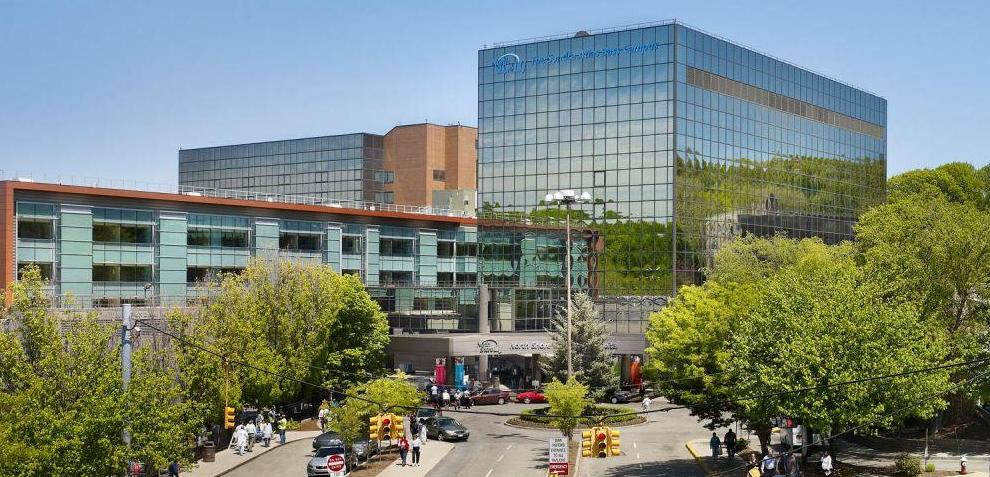LEED IN HEALTHCARE
Savings Driver
Sanitary facilities are responsible for the consumption of twice the energy per square meter which requires an typical installation running 24 hours a day




Health Centers with LEED Certification
LEED is positioned in North America in the leadership of the design in energy and environment in hospitals. It is a certification by the US Green Building Council, which recognizes achievements in sustainable design. Certification LEED has four levels, with top level in the Platinum Certificate. Its purpose, at all levels, is to reduce the consumption of energy and water, emit less harmful greenhouse gases into the atmosphere, conserve natural resources, reduce waste and increase the welfare of patients, employees and visitors.
Development
Spain has been a pioneer country worldwide in terms of implementation of certification LEED which gave the opportunity to the Spanish environmental and construction industry to adapt and become more competitive in this field.
In Spain to 31 December 2016 we had 535 buildings in the LEED program, of which 166 have completed certification. Which indicates a success rate of LEED in Spain 31% which is 18.4 points of the 49.4% who have buildings in the U.S.

Lower energy and water consumption

Lower amount of harmful gases expelled into the atmosphere

Drastic waste reduction with optimal treatment
LEED Costs
According to a study conducted by the US Green Building Council the additional cost of capital for the construction of a hospital certified LEED in relation with one standard is around 1%. This effort reports, among others, real savings in energy, water and recycled materials, reducing the emission of harmful gases into the atmosphere.
https://www.usgbc.org/articles/study-extra-costs-minimal-leed-certified-hospitals




